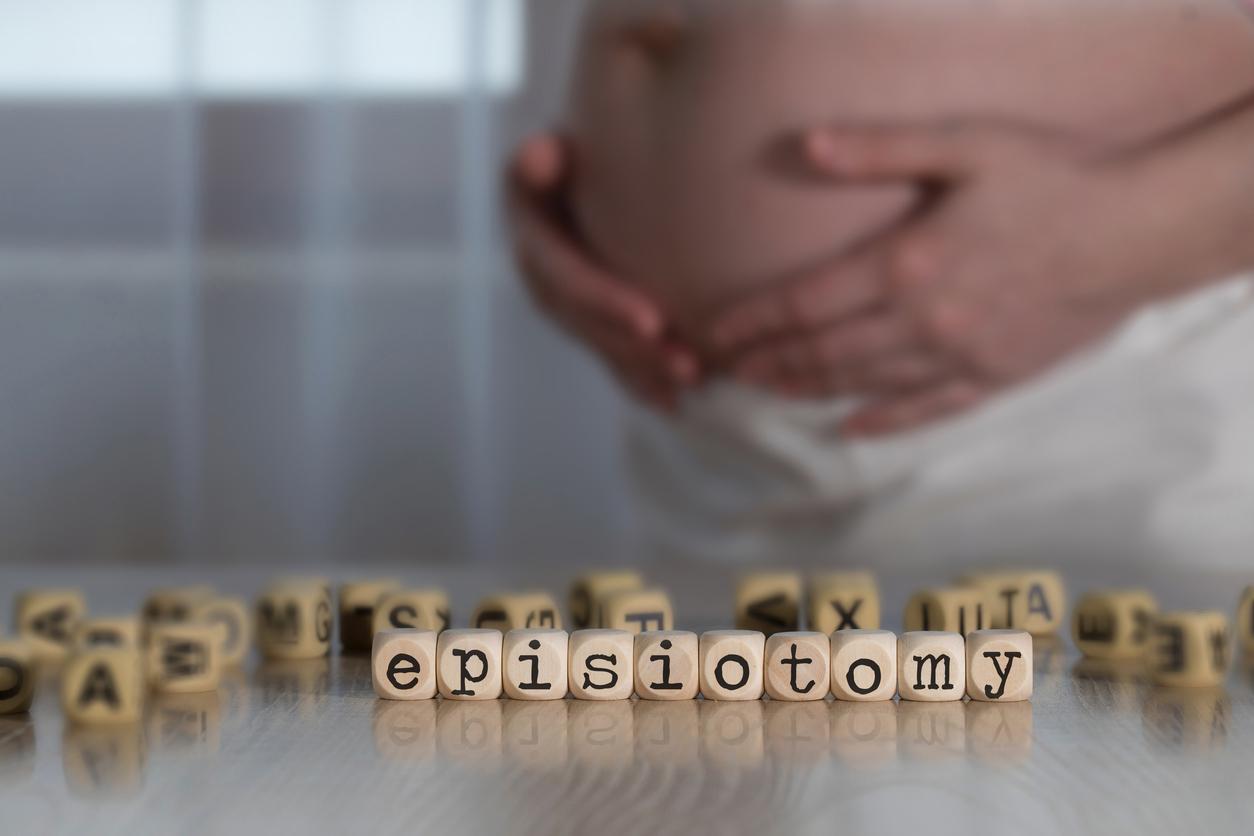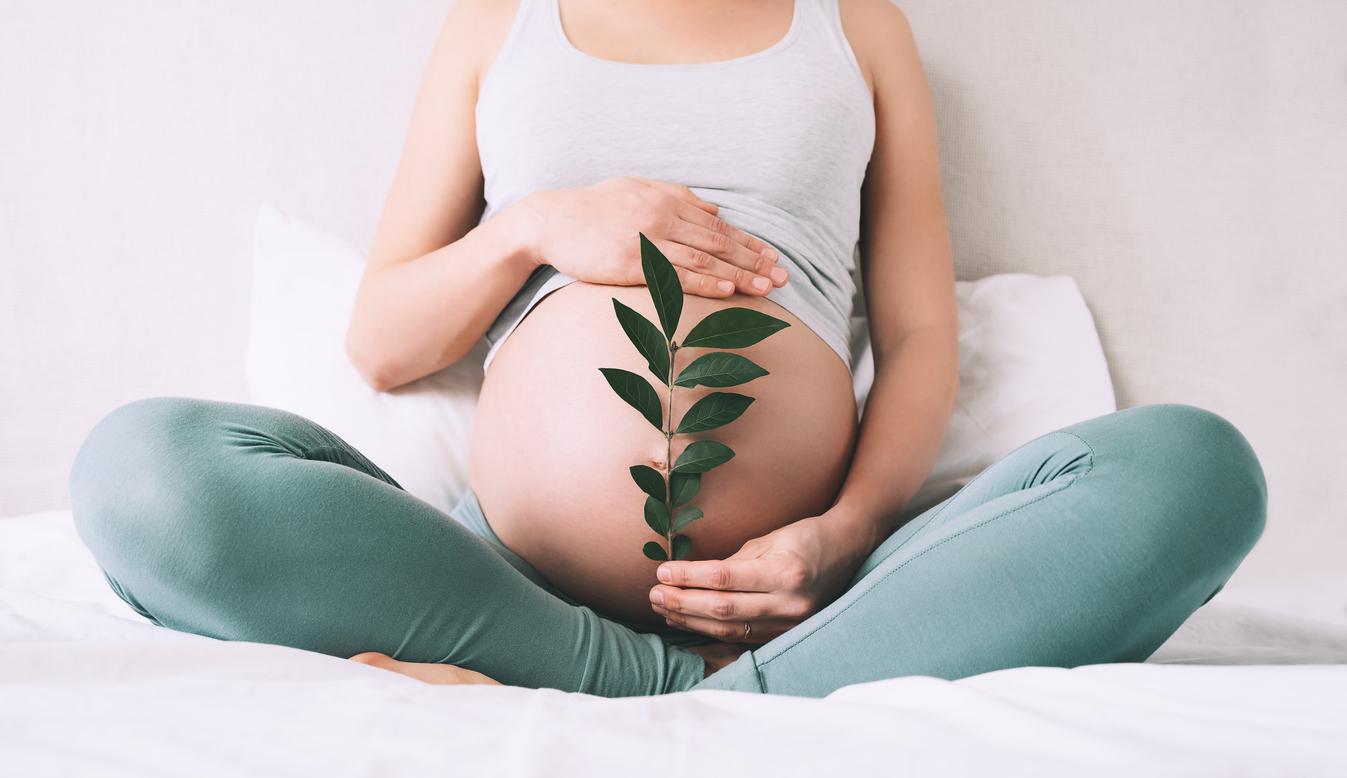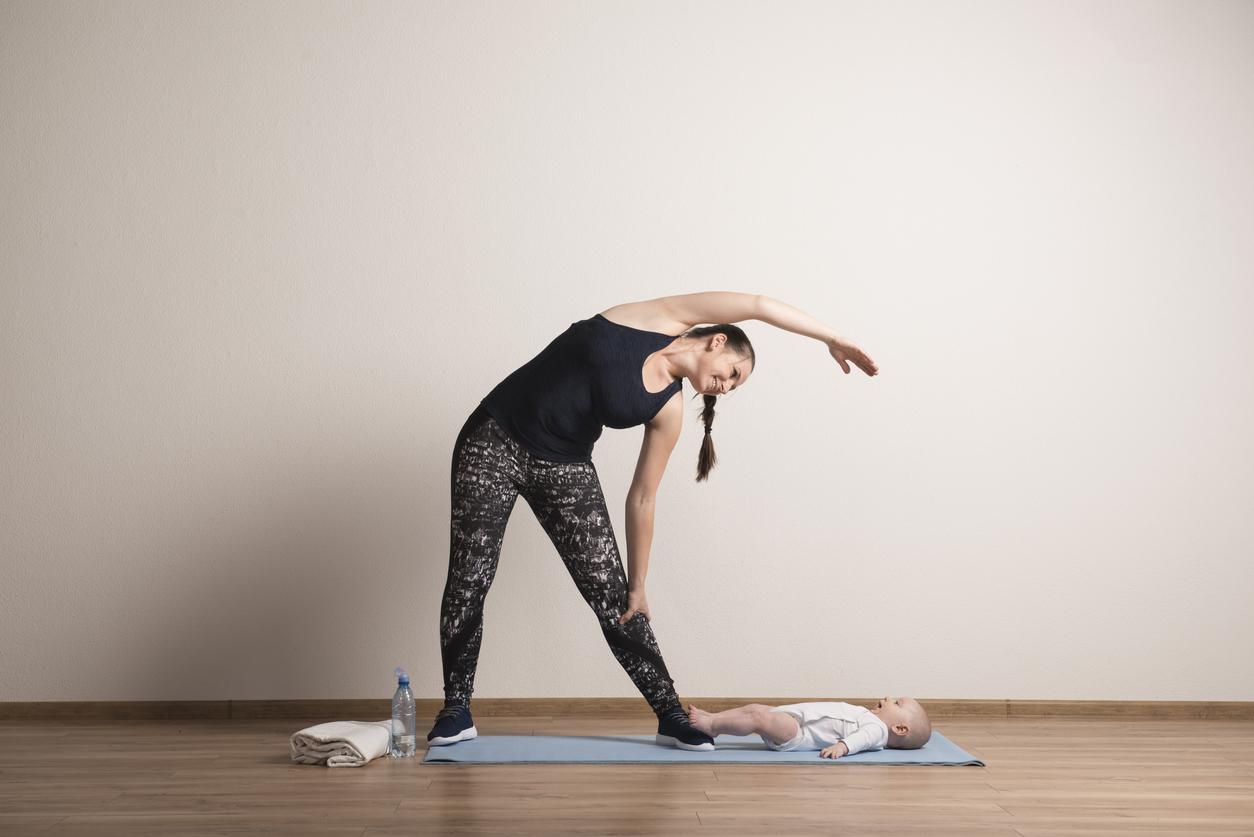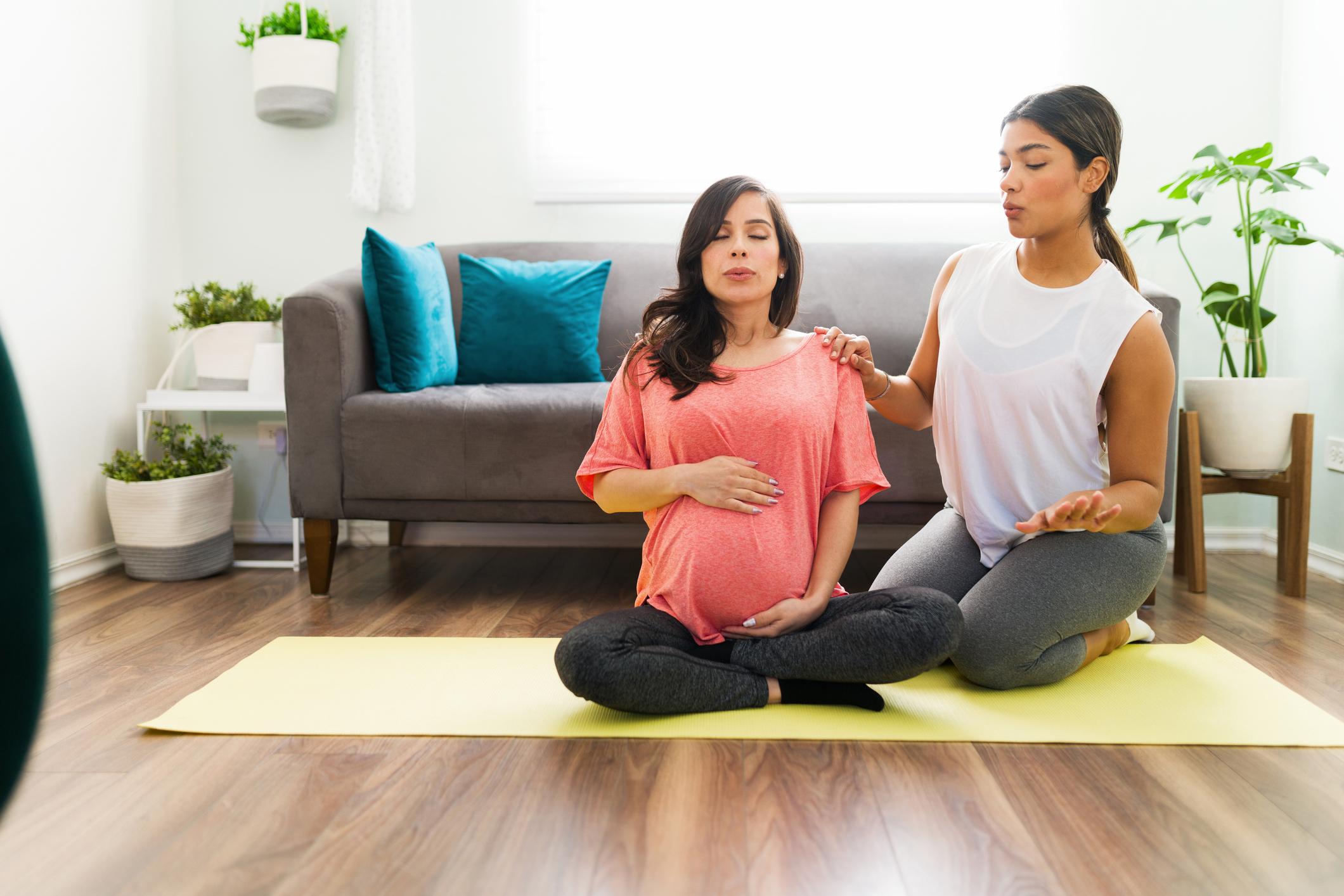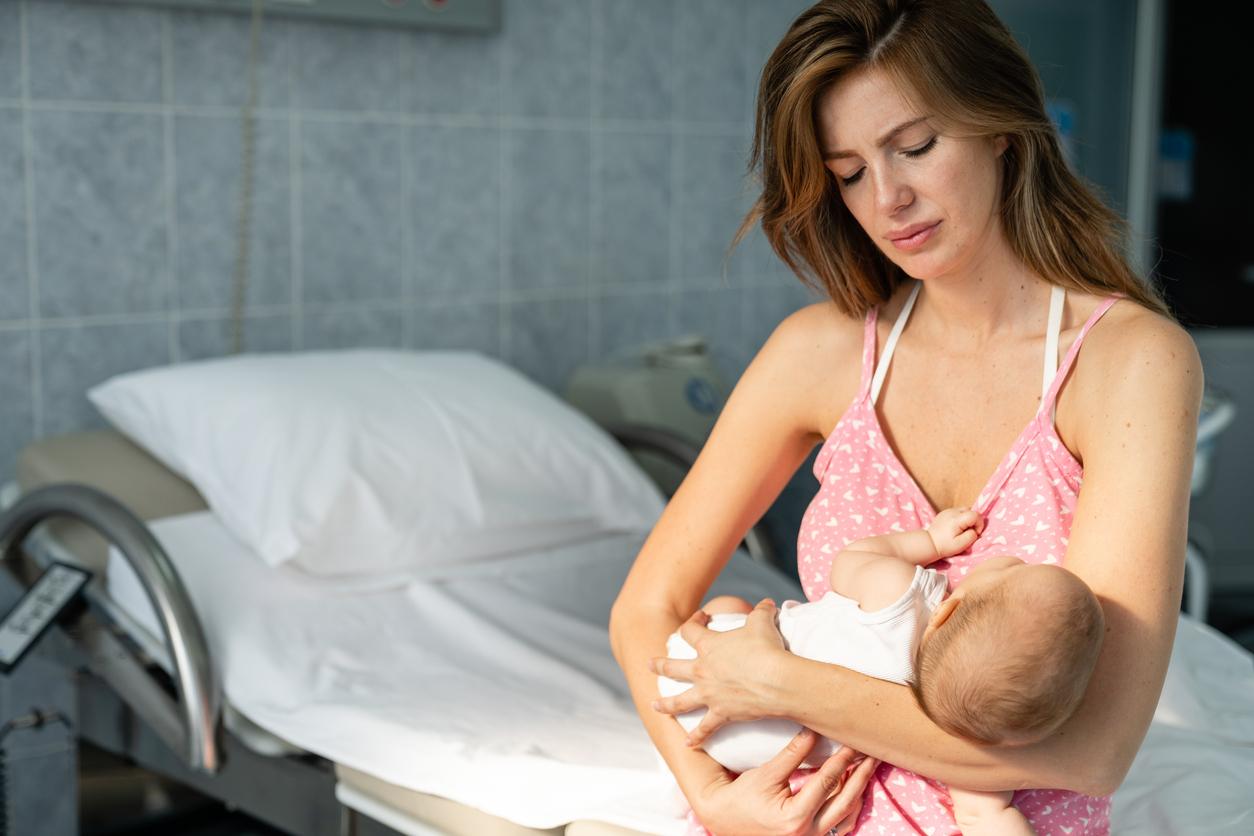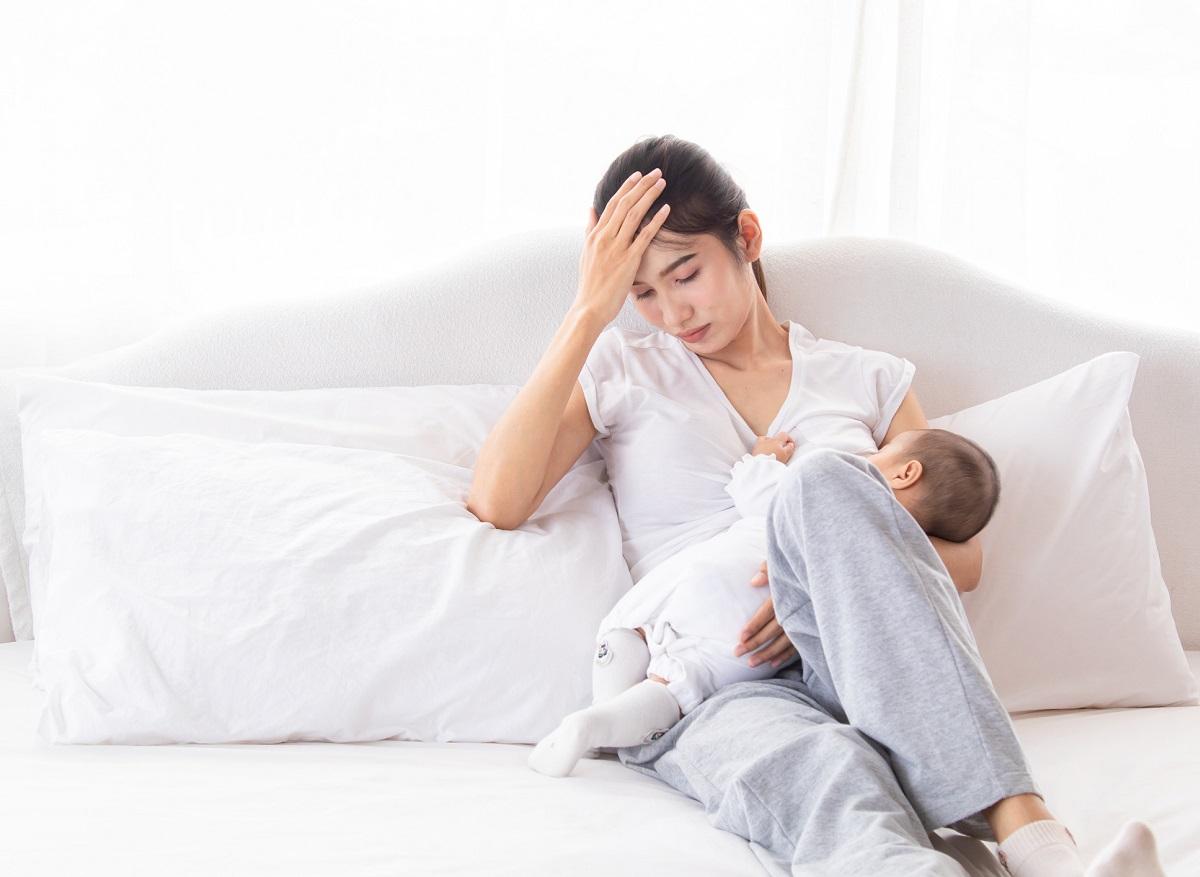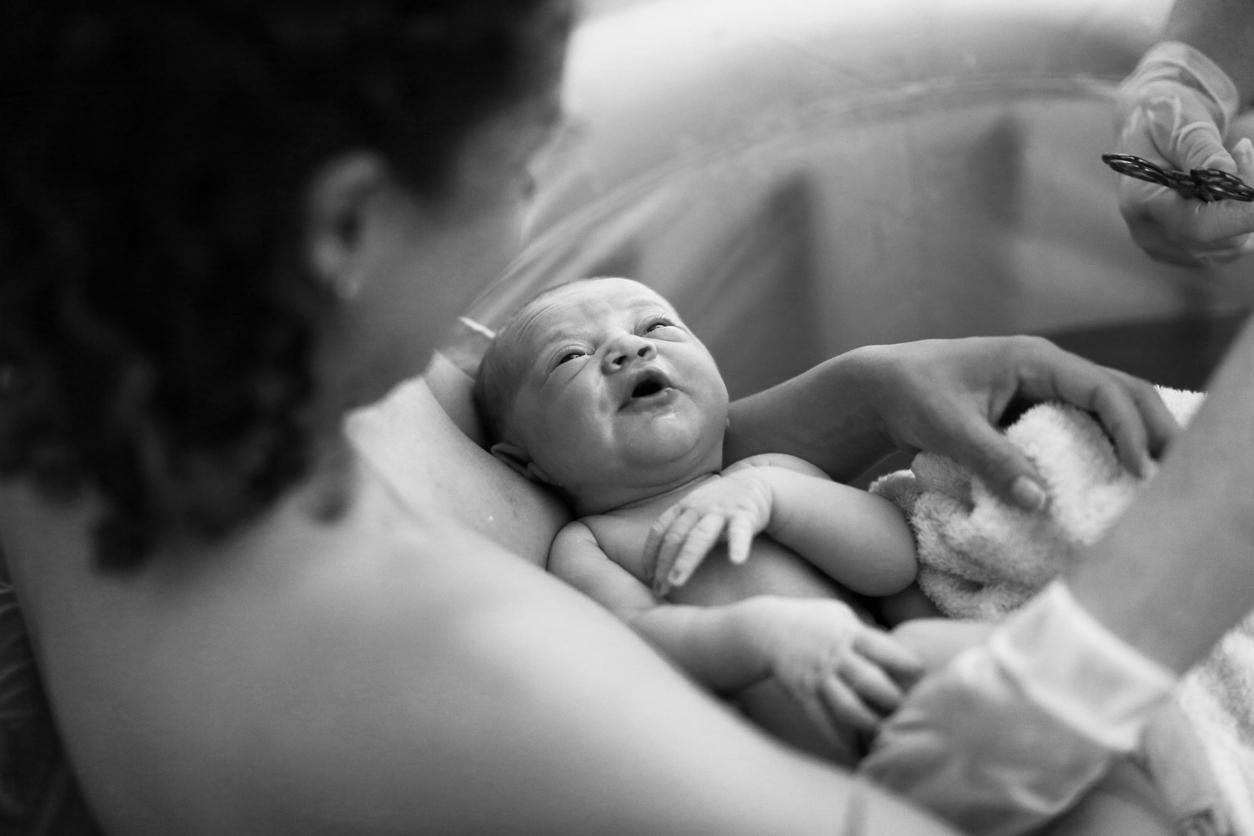What is the typical portrait of pregnant women in 2010? She is generally older than in 2003, tells us the latest national perinatal survey. The average age of mother with first child is now approaching the 30 years (29.7 years). >> Read the article.
The future mother is also distinguished by her consumption habits. More sensitized and aware of the dangers of tobacco and alcohol for the baby, she smokes less and drinks little. 83% of pregnant women are non-smokers. Only a minority of addicts (4.9%) persist in smoking 10 cigarettes a day. When it comes to alcohol, pregnant women are more than reasonable: 20% of women say they have drunk at least once during their pregnancy. They are less than 4% to admit having had more than three glasses on the occasion of an evening or a meal. This low rate shows that women have understood the fact that “alcohol is strongly discouraged during pregnancy” but it can also be linked to “under declaration of consumption”, specifies the survey. In other words, some of the women interviewed would not have played total transparency.
Fewer than 5 in 10 women have an episiotomy
45% of women who gave birth for the first time in 2010 had an episiotomy. A sharp drop compared to 1998, when it was 71%. “The lack of scientific evidence [sur] the benefits of a systematic episiotomy as well as the recommendations of the National College of French Gynecologists and Obstetricians, […] relayed by patient associations, have had a notable impact on practices “, underlines the document.
Even though it is used less than before, episiotomy continues to worry expectant mothers. How’s it going ? Does it heal? >> Our answers on episiotomy here.
While the number of women who have had a caesarean has stabilized in recent years (more than one in five deliveries), pain during childbirth seems to be managed. 7 out of 10 women in 2010 were able to benefit from an epidural during childbirth. It is much better than in 1998 (less than 5 women out of 10).
>> Do you have lots of questions about childbirth? Top santé lifts taboos.
The majority of mothers choose to breastfeed
60% of women breastfeed their children in the maternity ward. A rate of so-called “exclusive” breastfeeding has been steadily increasing since 1998. In addition, 7 to 9% of women have chosen mixed breastfeeding, that is to say to alternate between the breast and the bottle. >> Read also our tips for successful breastfeeding
* The 2010 national perinatal survey focused on births occurring between March 15 and 21, 2010 in 553 maternities. 15,187 women were involved in the study.








